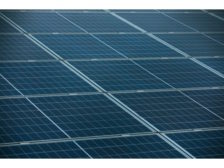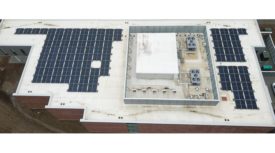Home » Keywords: » electricity
Items Tagged with 'electricity'
ARTICLES
CEU: Continuing Education Unit
Reducing Peak Electrical Demand: Hidden Benefit of Cool Roofs
February 19, 2015
Enhance your expertise with unparalleled insights.
Join thousands of building professionals today. Shouldn’t you know what they know?
SUBSCRIBE TODAY!Copyright ©2024. All Rights Reserved BNP Media.
Design, CMS, Hosting & Web Development :: ePublishing






.jpg?height=168&t=1630632289&width=275)



